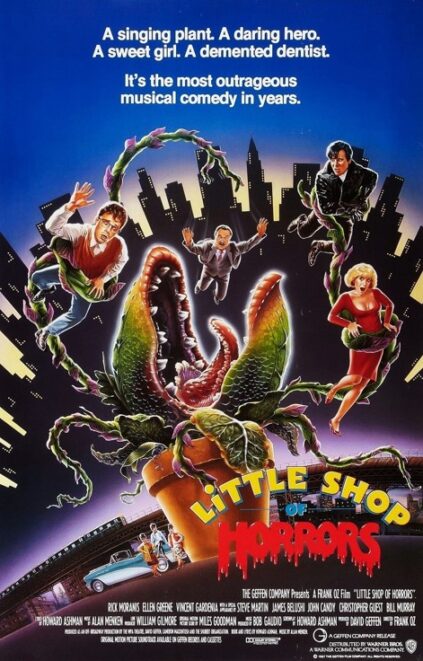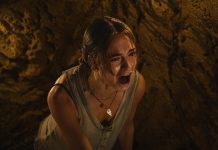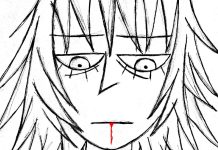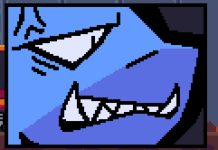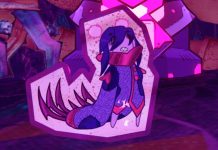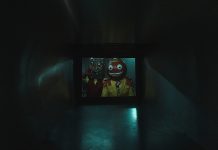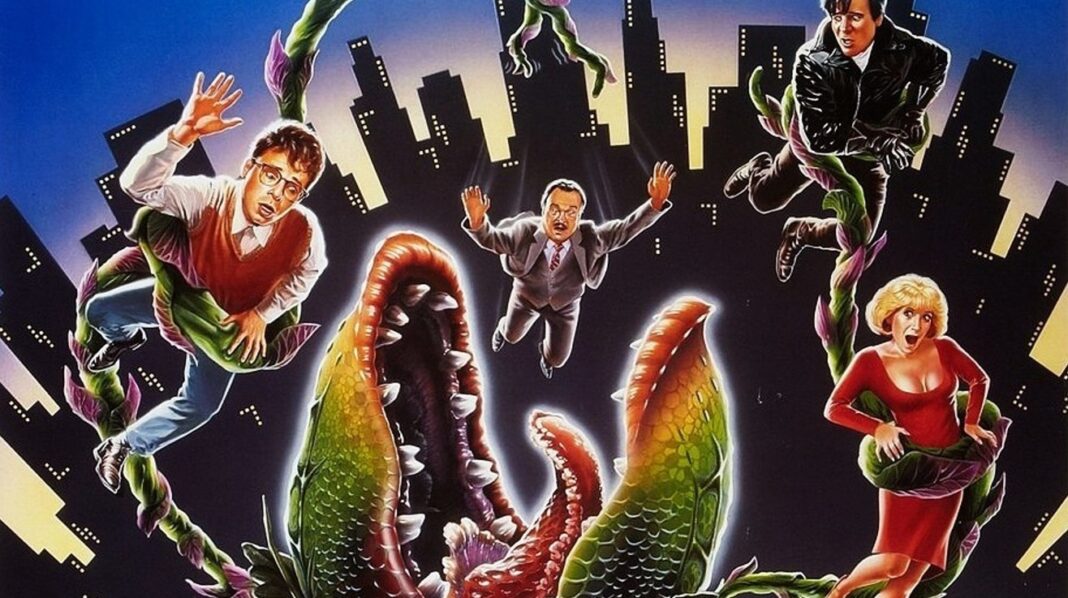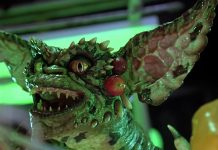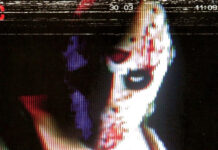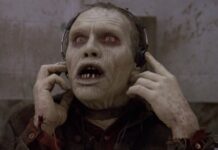Musicals are a medium that can make any genre work, whether it’s comedy, drama, slice of life, or even horror. Creators in this realm will take a subject, set music, and find a way to make it happen. In the case of cult classic Little Shop of Horrors, it goes out of the way to blend all of these into a big ol’ wonderful mess of campiness and wacky exuberance.
Thirty-five years ago, puppeteer and filmmaking legend Frank Oz set out to make a movie adaptation of the off-broadway play of the same name, which was, incidentally, a version of the original 1960 film directed by Roger Corman. He brought along composing and songwriting duo Alan Menken and Howard Ashman, who would later become Disney titans, working on The Little Mermaid, Beauty and the Beast, and Aladdin. The journey from concept to screen for this version mirrors the eccentricity and absurdity of the plot itself, ending in what is now a revered gem with a rabid fanbase.
Set in the 1960s, primarily in the derelict New York neighborhood of Skid Row, the film stars Rick Moranis as Seymour, a woebegone clerk working at a run-down, unsuccessful flower shop owned by the surly Mr. Mushnik (Vincent Gardenia). Like many in his situation, Seymour dreams of a better life but cannot pull himself out of the dredges of his circumstances. He’s in love with his meek, kind-hearted co-worker Audrey (Ellen Greene, who also played Audrey in the stage version) but feels he has nothing to offer her. Audrey herself desperately wants out of Skid Row (as is portrayed in the song “Somewhere That’s Green”) but is oppressed by her abusive, sadistic boyfriend, Dentist Orin Scrivello (played by the scene-stealing Steve Martin).
Matters go from bad to worse when Mr. Mushnik declares his intentions to close the shop after an ongoing lack of customers sinks the business. Audrey and Seymour convince him to hold off, telling him about an unusual-looking plant that Seymour found at a Chinese flower shop during a solar eclipse. They believe the plant’s uniqueness, which Seymour names Audrey Two (voiced by The Four Tops’ Levi Stubbs), may help bring business back into the failing shop.
RELATED: Universal Planning a Modernized ‘Phantom of the Opera’ Film
Once Audrey Two is placed in the shop’s front window, it immediately begins to attract curious customers, leading Seymour and Audrey to assume their troubles are over. That is until Seymour discovers that Audrey Two is definitely not your typical plant. In order to survive, it must feast on human blood, and the more it consumes, the larger and more dangerous it grows.
Meanwhile, fame and opportunities come Seymour’s way because of the growing public obsession with Audrey Two. Seymour is now tasked with finding ways to keep it alive and the moral quandaries that come with that responsibility.
Not that there aren’t worthy candidates. The abusive Orin and heartless Mushnik become obvious meals for Audrey Two, but Seymour knows there is no end to the plant’s insatiable appetite. Despite offers of money and television show contracts, Seymour kills Audrey Two, narrowly saving Audrey before she ends up as plant food, and the two declare their love for one another. The movie ends with Seymour and Audrey finally getting their wish and moving to the suburbs and marrying, with one last lingering shot to show a garden with a tiny Audrey Two bud, leaving an ambiguous wrap-up.
RELATED: “Ack! Ack! Ack!” and the Origins of ‘Mars Attacks!’
But that wasn’t always the intended finale. The original cut called for Audrey Two to actually kill and eat both Audrey and Seymour, and for its harvested buds to take over and attack the world. When this version was shown to test audiences, the response was so negative and abhorred that Oz and his crew were forced to rewrite and reshoot the ending that we all know today, which is decidedly much happier. Though the original, darker ending was closer to the adaptation of the stage production, it was clear this was not the direction they needed to go for the film. Had they not run the test screenings, or even worse, ignored moviegoers’ responses, it’s safe to assume the success of Little Shop of Horrors would have been vastly different.
So what is it, exactly, that makes this movie so universally loved? The obvious quirky, avant-garde nature makes it special and adored by those who crave a different type of story. Beyond that, though, is the eclectic cast of characters ranging from sweet and lovable (Audrey and Seymour) to audacious and cruel (Orin and Mushnik).
Speaking of the characters, let’s talk about the absolute all-star cast this film has. Moranis was hitting his stride at the time, having appeared in Ghostbusters just two years prior. The comedy goldmine didn’t stop with him and Steve Martin, though, as Bill Murray (who improvised all his lines), John Candy, Jim Belushi, and Christopher Guest all have cameos or supporting roles. For his part, Stubbs’ portrayal of Audrey Two is the standout performance in many ways, providing some of the most quotable lines in the movie.
RELATED: ‘Hail to the Deadites’ is Now Streaming on Shudder
Equally impressive are the practical effects, particularly with the puppeteering of Audrey Two, which should come as no surprise with someone like Frank Oz at the helm. Great effort was made to find ways for the Audrey Two puppet’s mouth to move convincingly when singing or talking. Eventually, Oz and puppet designer Lyle Conway discovered that if they filmed it at the slower rate of 12 to 16 frames per second, then later sped it back up in post-production, the effect was rendered in a way that allowed for a more realistic portrayal. Because of this, the actors who filmed with the plant had to pantomime lip-synching and speak in slow motion, which proved to be more challenging than they expected.
When it was released in theatres on December 19th, 1986, it garnered moderate box office success, thanks in part to that redone, more positive ending. It wasn’t until its release on VHS a year later that it began to progressively gain notoriety and a dedicated fanbase. That notorious original ending was also included in special features in future VHS and DVD releases, which only bolstered sales and popularity. Curious fans who caught wind of the story of that bleak finale wanted to see what all the fuss was about, and today, it’s widely known as a major talking point in film study.
Over the years, that devotion has only grown, like an allegorical mirror image of the bloodthirsty man-eating plant the movie is based on. One thing is abundantly clear: Little Shop of Horrors is a paradox of silliness and horrific delight, and it deserves to be in the annals of musical and film timelessness.
